Lead Generation and Funnels 101: A Beginner’s Guide to Capturing and Converting Leads
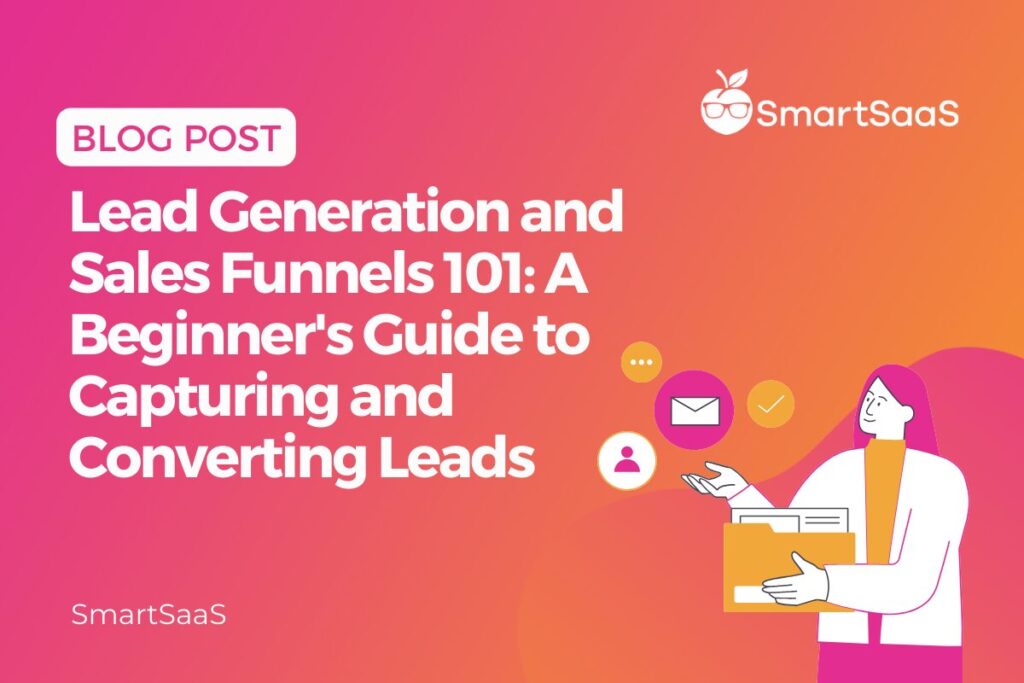
Are you starting your sales journey? You probably have come across terms like lead generation and lead funnels, or the buyer journey, but may not be entirely sure what they mean or what they entail. Lead generation is about attracting prospective customers, or sales qualified leads (SQLs), while the funnel is the buyer journey that moves a prospect from initial awareness to becoming a customer.
Understanding both are crucial for businesses aiming to grow and scale. But what does it take to execute an effective lead generation strategy? And what happens at each stage of the funnel?
In this post, we’ll delve into the definitions of lead generation and the lead funnel, discuss their importance, and break down each stage of the funnel. Additionally, we’ll offer practical advice on how to fine-tune your funnel to attract and convert more leads effectively.
What Is Lead Generation?
Lead generation is the process of acquiring leads or potential customers who are interested in what you offer.
Part of the process is collecting important information from these prospects, like their name, email address, or phone number. You can then use this information to reach out to them, communicate with them effectively, and turn them into paying customers.
Why Is Lead Generation So Important?
Scaling your business requires a steady flow of people interested in your product. Leaning on your connections and investors is okay when starting out, but you can’t do this forever. As your business grows, you’ll need a more reliable way of attracting customers.
You’ll need a system that attracts potential customers, guides them through the buying process, and keeps a steady flow of opportunities to achieve your revenue goals. In other words, you need a complete lead generation funnel with a consistent pipeline to meet your revenue targets.
What Is the Goal of Lead Generation?
Lead generation is about finding and attracting potential customers most likely to buy a product. Lead generation focus specifically on Sales Qualified Leads (SQLs)- in other words, creating pipeline.
Why prioritize sales-qualified leads (SQLs)?
An SQL is a lead that has been qualified to the sales pipeline. An SQL is a potential customer based on your lead qualification criteria.
Prioritizing these leads means higher chances of successfully converting them into paying customers. Instead of spreading yourself thin catering to all leads, you can concentrate on those most likely to close a deal.
Understanding Lead Funnels
Lead funnels are visual representations of the buyer’s journey. They show each stage your customer goes through, from their initial discovery of your product, until they become a customer.
Using lead funnels also helps you understand how your customers think at every phase of their journey so you can interact with them meaningfully.
Think of lead funnels as a way to see and fine-tune the process of turning prospects into customers. You need to move them down each funnel stage until you reach the final step.
Classic Funnel
The Classic Funnel has six stages covering the customer journey.
1. Awareness
The Classic Funnel starts with capturing a prospect’s awareness. The goal is to make your buyer aware of a pain.
Awareness is largely created via Demand Generation, a marketing function with the goal of making people aware of a painpoint. Demand generation can be done through content marketing, social media, advertising, or other methods – the right strategy depends on the business and buyers.
When developing a demand generation strategy, ask yourself:
- Who are my product’s potential buyers or clients?
- Are there new buyer groups that could benefit from my solution?
- How well is my brand currently known among the target audience?
- What specific problem or need does my brand address?
- How much does the target audience trust my brand to solve their problem?
You can also conduct market research, customer analysis and create buyer personas to understand your audience better.
Then, you should consistently tell people about your brand, show them why it’s valuable, and build trust so they feel confident choosing it.
Here are some best practices for brand positioning:
- Create relevant, helpful, and high-quality content
- Optimize your content for SEO
- Build a solid and trustworthy social media presence
- Connect with your social media audience meaningfully through authentic interactions
2. Interest
The next stage in the funnel is interest. The buyer is interested in solving the pain your product solves and – researches solutions, checks product review sites, talks to peers, and more.
Interest is the result of lead generation, which can include sales prospecting, outbound SDR work or inbound marketing work.
3. Consideration
The consideration phase means buyers are considering your solution. They’re doing things like going to your website, signing up for free trials, requesting to speak to sales, clicking through product guides and checking case studies.
Given that potential customers are weighing your offer against other options, building trust is crucial here.
One way to build trust is by being transparent. Here’s how to do it:
- Set clear and achievable expectations for your product. Avoid over-promising.
- Showcase authentic customer reviews and testimonials.
- Clearly outline pricing structures, fees, and business policies to avoid hidden surprises.
- Address customer concerns promptly and openly.
You should also highlight your unique value proposition and leverage social proof.
Social proof comes from positive feedback and endorsements from satisfied customers. Include these in your website, product pages, and social media to prove your solution works.
At this point in the sales process, your sales team is actively moving this prospect through the sales funnel.
4. Purchase
You’ve done it – at this stage, pospects are purchasing your solution and you’re marketing the deal Closed-Won in your sales pipeline and CRM.
Something to think about this stage is the importance of reducing friction to increase conversion rates. Here are some ways to smooth the way for conversion:
- Use compelling and clear CTAs.
- Provide limited-time offers or discounts to encourage immediate action
- Offer free trials, guarantees, etc.
- Provide a variety of payment methods and options
There are many other ways to help increase conversion, and the best strategies depend on the specifics of your business.
5. Retention
This stage is all about making the customer successful. In this stage, customers need to realize and continuously experience your solution’s value and benefits. This is the job of Customer Success, Onboarding, Support, and Marketing teams.
To foster retention:
- Ensure customers achieve their goals and objectives with the product or service.
- Engage with clients, understand their needs, and guide them in utilizing the solution effectively.
- Offer support by addressing questions and resolving issues promptly.
- Continue delivering value through ongoing communication, updates, and improvements to meet evolving needs.
6. Advocacy
Finally, satisfied clients become advocates. When they keep experiencing success, they’re more likely to stay loyal and champion the brand, leading to referrals and testimonials. At this stage, your customer has become your champion and does things like give you a good review, talk to peers about you and agrees to promote a case study.
Don’t just focus on guiding leads to buying your solution. Transform them into invaluable assets for your business, creating a sustainable cycle of positive engagement and growth.
Hybrid Funnel: SLG + PLG
This funnel applies to businesses who use both Sales-Led Growth (SLG) and Product-Led Growth (PLG) strategies.
The first few stages in the funnel are focused on the self-service engine that creates a very efficient inbound funnel, while the last few stages turn into the traditional buyer journey led by a sales motion.
1. Awareness
At this stage, an individual user is searching for a solution to their pain.
Keep in mind that your brand may come to a prospect’s attention while they look for solutions for their pain points. So, ensure your content resonates with the problem a user is trying to solve.
2. Education
Next, is the eductional stage. Educational content leads a buyer to your website. So, make sure your content is informative and addresses everything your buyer might want to know.
The goal is to position your website as a valuable resource and your brand as an authority in your field.
You should also know how your audiences prefer to consume content. Do they like written articles, video content, podcasts, or interactive webinars?
Then, meet them where and how they want to learn. You can offer a variety of content formats and distribution channels to accommodate diverse learning preferences.
3. Prospect Engagement
This is when a buyer signs up for a demo or a free trial, which is key to this stage. This time, prospects have moved beyond merely consuming educational content and are ready test your specific solution.
Doubting whether to offer free trials? Here’s why you should do it:
- Following the PLG model, offering free trials lets the product sell itself.
- It allows prospects to experience your solution’s value and functionality for themself.
- You can gather valuable data and insights into prospect behavior during the trial period.
- You can assess user engagement, identify pain points, and address any concerns, refining the prospect’s journey toward conversion.
4. Managed Proof of Concept/Self-Service Trial
At this stage, the prospect is validating your solution to make sure it solves their problems. A good and seamless experience with your technology is key.
Additionally, they should experience your solution’s benefits, confirming that it effectively addresses their pain points or challenges. You want them to gain confidence in your product.
5. Self-Serve Opportunity/Sales Opportunity
At this point, the customer becomes a sales opportunity. Then, sales mines for expansion opportunity based on increased usage, trying to access new features, etc.
The end game? Turn them into your product’s advocate. They might even promote the product to their team, pushing for team-wide adoption.
Here’s why you need user advocacy:
- It contributes to a bottom-up approach where individual users champion the adoption of the product at the organizational level.
- It supports a land and expand sales strategy.
6. Business Validation
This stage is about taking advantage of the user’s desire to adopt the solution for their company. You can do this by equipping the user with a compelling business case they can present to executive-level decision-makers in their company.
The business case should contain:
- Your solution’s benefits,
- Return on investment (ROI), and
- Your solution’s strategic advantages.
From getting the user’s endorsement, you now want to win over the key executive decision-makers.
7. Land
The Land stage is all about making things easy for you to seal the deal.
It involves guiding the buyer through decision-making. You should:
- Proactively address any concerns or objections the buyer may have.
- Continue personalized communication with the buyer, offering support and guidance.
- Showcase customer testimonials, case studies, and reviews.
The purchase may involve contractual, financial, or procedural aspects to formalize and complete the transaction. Make this step seamless and minimize friction points for a smooth transaction.
8. Expand
The goal of this stage is to turn satisfied users into evangelizers. They’re not just spreading the word; they’re shouting it from the rooftops to their teams and even other departments.
User evangelism involves satisfied users sharing their positive experiences, highlighting the benefits, and encouraging others within the organization to explore and adopt the same solution.
9. Cross-Sell
Beyond turning happy customers into advocates or evangelizers, the Hybrid Funnel ends with identifying new areas to provide value to customers.
Actively engage with the customer to discover new needs, challenges, or opportunities for improvement.
To Wrap Things Up
Every funnel does not look the same. What your funnel looks like depends on how your buyer operates, so it’s crucial to deeply understand your buyer so you can know how to best reach them and nurture them through the funnel.

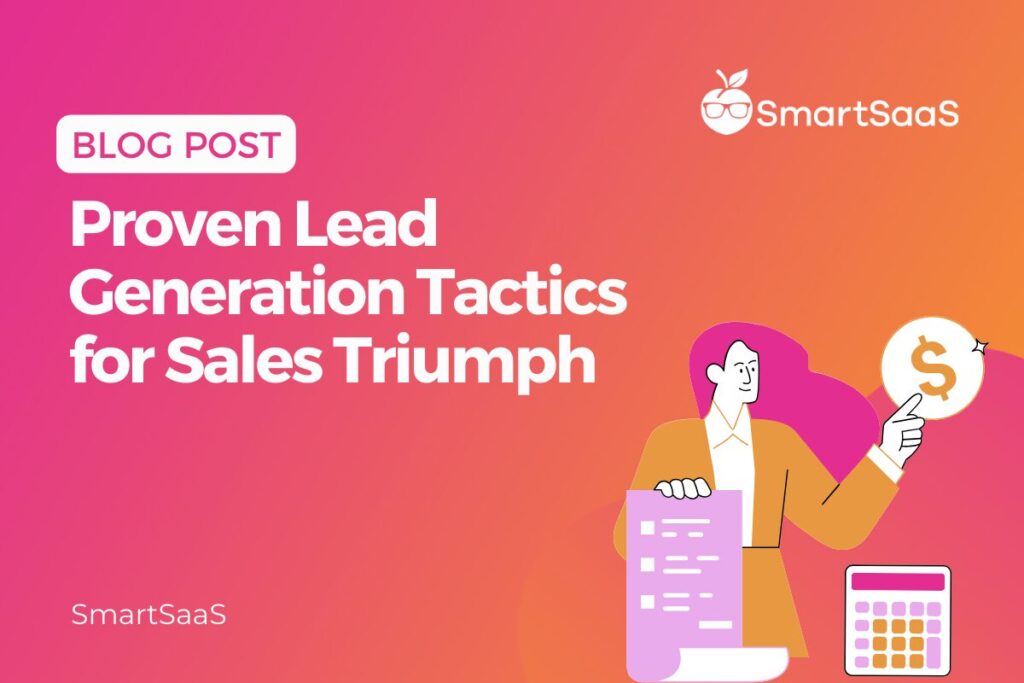
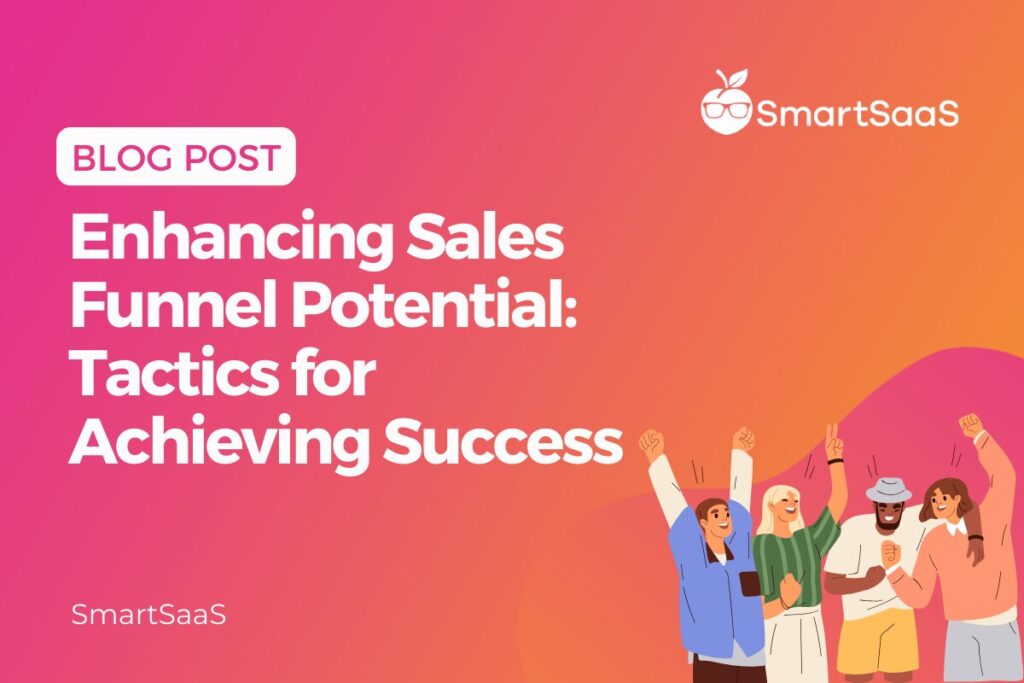
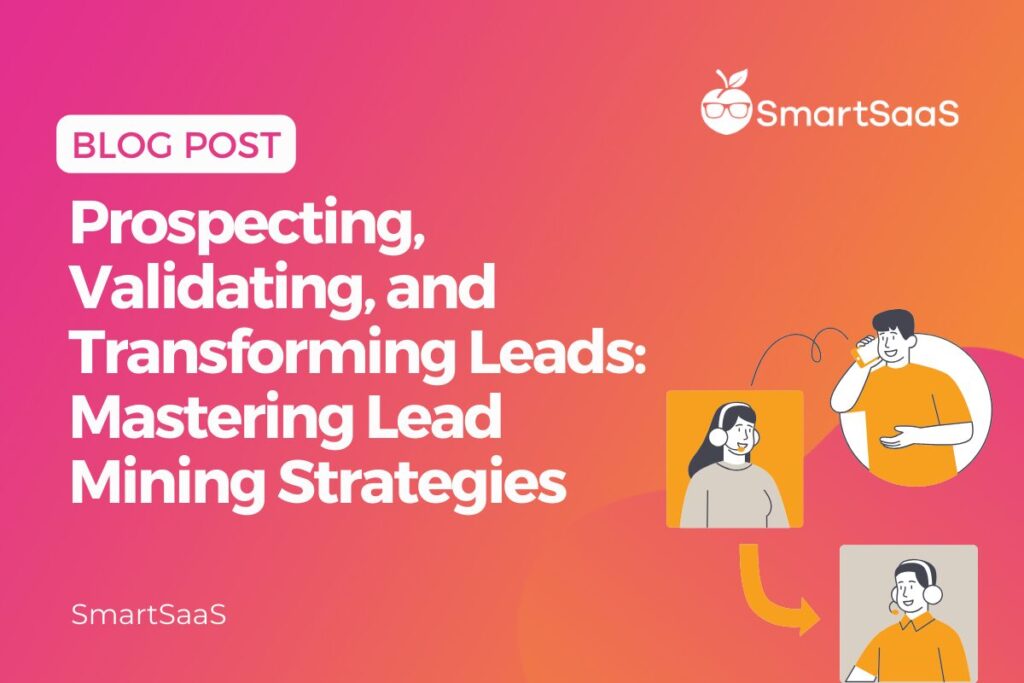
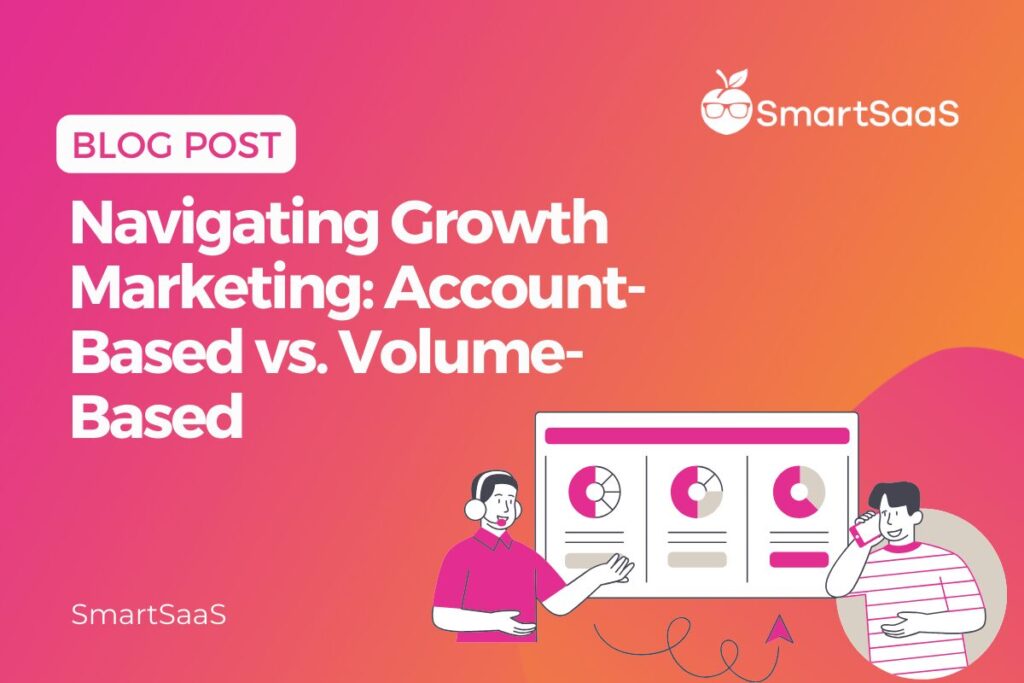
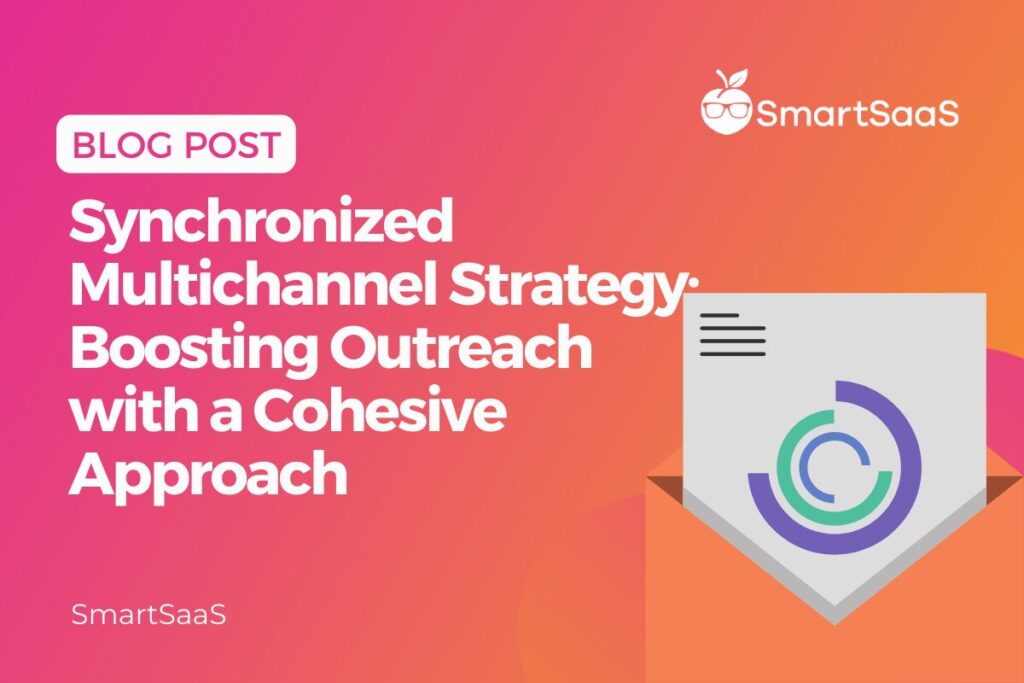
Responses